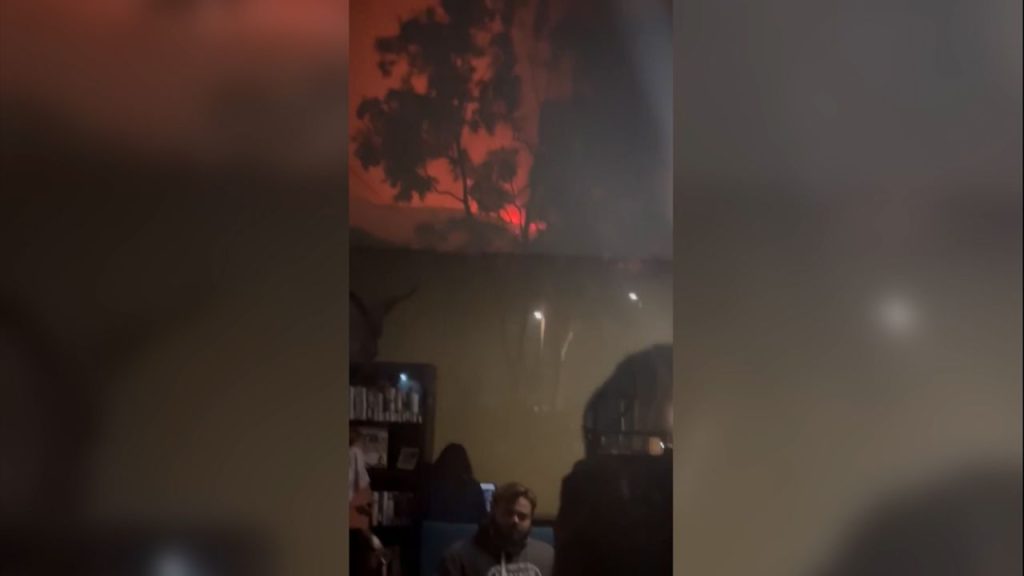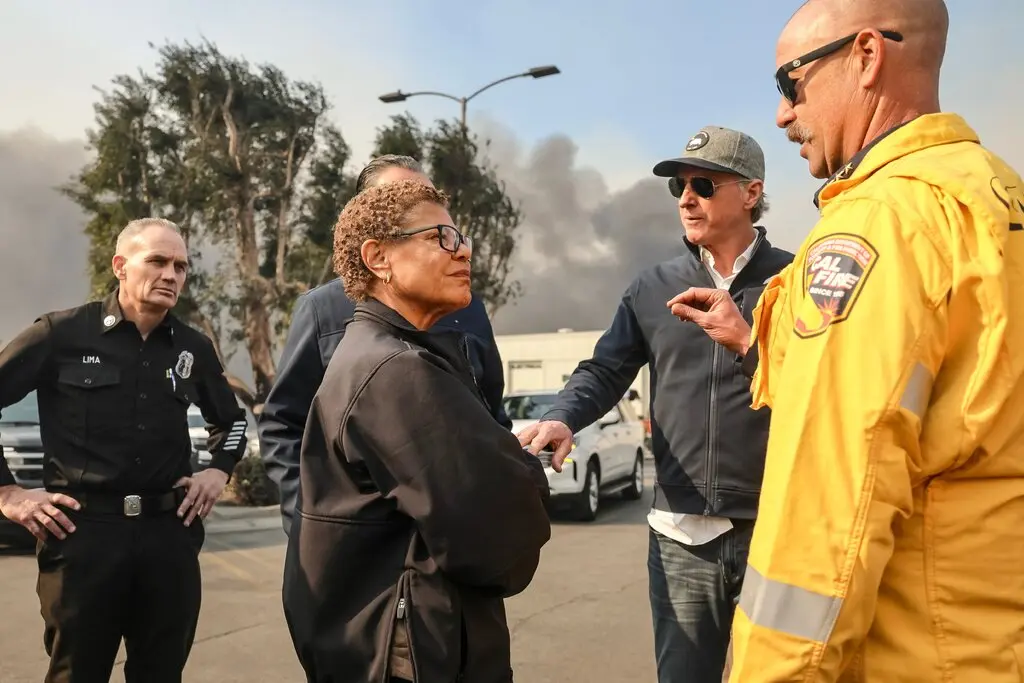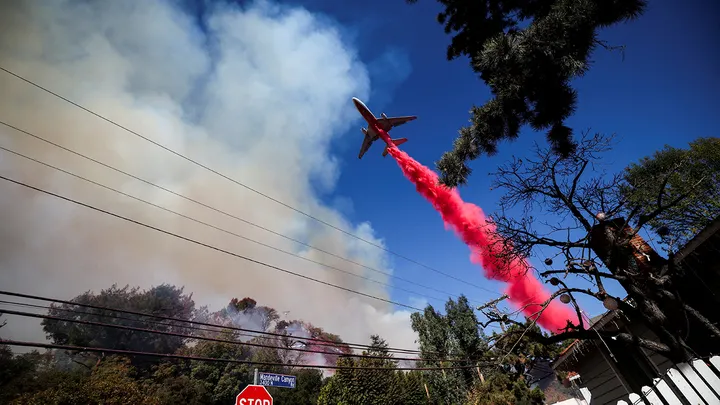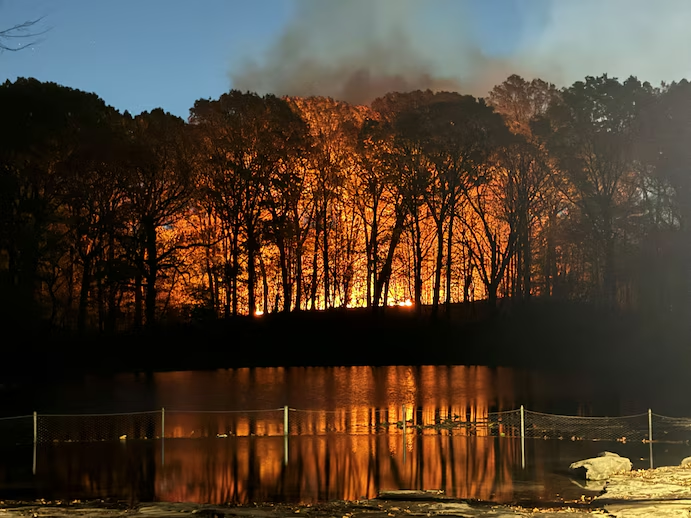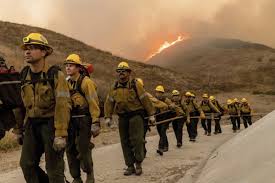Newsom Halts Environmental Rules to Speed Up Fire Recovery and Rebuilding
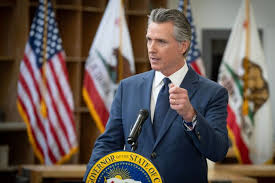
In a decisive move to expedite recovery efforts after devastating wildfires, California Governor Gavin Newsom has announced the suspension of certain state environmental regulations. This decision aims to streamline the rebuilding process in communities ravaged by recent fires, allowing for quicker reconstruction while maintaining public safety. The suspension of these rules is intended to help residents and businesses rebuild faster, restore lost infrastructure, and reduce the long-term economic and emotional toll of these natural disasters.
California has long been grappling with the increasing frequency and intensity of wildfires, driven by climate change, drought, and overgrown forests. In the aftermath of major fires, communities often face significant delays in recovery due to the complex and time-consuming nature of environmental reviews and permitting processes. While these regulations were initially designed to protect the state’s fragile ecosystems and prevent further environmental damage, Newsom’s decision acknowledges the urgent need to balance environmental protection with the practicalities of rebuilding after a disaster.
The suspension of these rules applies to projects that directly relate to recovery and rebuilding efforts in areas affected by recent wildfires. It allows for a more flexible and efficient process by temporarily overriding certain provisions of the California Environmental Quality Act (CEQA), which traditionally requires detailed environmental impact assessments for most major construction projects. The move is part of a broader strategy to respond to the crisis while maintaining a focus on sustainable rebuilding practices.
While some environmental groups have expressed concern about potential long-term consequences, Newsom’s administration assures the public that the suspension is not a carte blanche for developers to bypass all environmental safeguards. Rather, it is a targeted measure to address the immediate needs of communities recovering from disasters. The governor has emphasized that any rebuilding efforts will still be subject to certain conditions, such as compliance with health and safety standards and adherence to local zoning laws.
The decision has garnered mixed reactions from various stakeholders. Advocates for faster recovery applaud the move, arguing that it will reduce red tape and allow communities to bounce back more quickly. Many residents in fire-stricken areas have been waiting for months or even years to begin rebuilding their homes and businesses, often stuck in bureaucratic limbo. For these individuals, the suspension of environmental reviews means that they can start rebuilding their lives without undue delay.
On the other hand, environmentalists and some lawmakers are concerned that suspending environmental rules may lead to unintended consequences, such as harm to wildlife habitats, air quality, and water resources. California’s natural environment is incredibly diverse, with many regions home to endangered species, sensitive ecosystems, and critical resources. Critics of the decision argue that hastily accelerating construction could result in long-term damage to these fragile environments, ultimately undermining the state’s broader environmental goals.
Governor Newsom has sought to address these concerns by emphasizing that the suspension is temporary and only applicable to fire recovery efforts. Moreover, he has promised that any rebuilding will be done with consideration for the state’s long-term environmental sustainability. In the coming months, the state will continue to monitor recovery progress and ensure that the rebuilding process adheres to basic environmental safeguards.
This decision also reflects the broader challenges California faces in managing its increasing wildfire risk. Over the past few years, the state has witnessed some of the most destructive fires in its history, leading to billions of dollars in damages. Wildfires have not only destroyed homes and infrastructure but also exacerbated existing problems related to climate change, such as poor air quality and water scarcity. In response, Newsom has been pushing for a comprehensive approach to wildfire management, including proactive fire prevention strategies, forest management, and investment in clean energy.
The suspension of environmental rules is just one component of this broader strategy. Along with this measure, Newsom’s administration has pledged to accelerate efforts to improve fire preparedness, strengthen building codes in fire-prone areas, and invest in new technologies to better predict and respond to fires. The governor has also called on the federal government to provide more resources for fire recovery and prevention.
In conclusion, Newsom’s decision to temporarily suspend state environmental rules for fire recovery represents a necessary step to support rebuilding efforts in the wake of California’s increasingly frequent and destructive wildfires. While the move has sparked debate, it underscores the urgency of balancing environmental concerns with the practical needs of disaster recovery. As the state continues to recover from the fires, it remains to be seen whether this approach will yield the desired results without compromising California’s long-term environmental goals.


